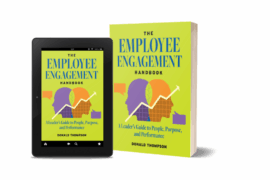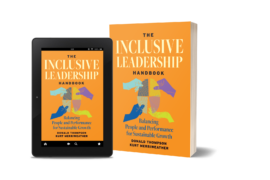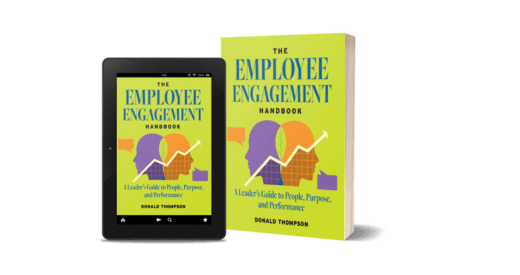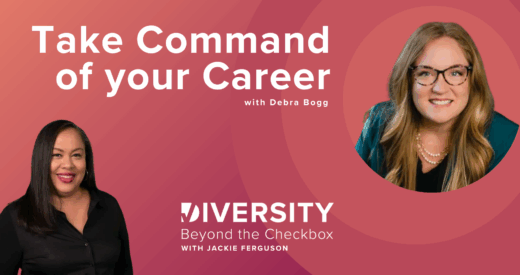Financial performance is impossible without high-performing, engaged employees. In fact, one study found a direct link between inclusive leadership, psychological safety, and greater innovation. The people-first leadership approach is based on a simple idea: If employees are taken care of, they will take care of customers and clients.
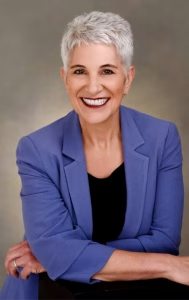
While the idea is straightforward, inclusive leadership takes intention and practice, explains author and consultant Minette Norman. A former Silicon Valley software executive, Norman recently spoke with Jackie Ferguson, Vice President of Content, Products and Programming at The Diversity Movement, about transforming team culture, embracing diversity, and creating belonging in the workplace.
Jackie: Minette, you didn’t start out as a leadership consultant. Can you share your professional journey and what brought you to this work?
Minette: I started as a technical writer at Adobe, and I ended up spending 30 years in the software industry—about 10 years as an individual contributor and 20 years in management and leadership roles. The last five years I was in tech, I was leading engineering at a big company, and I was asked to transform how we developed software.
I realized that technical hurdles were only part of the problem. It was really about creating a more collaborative culture, welcoming other ideas, and embracing all aspects of diversity. We were just starting to talk about diversity when I was there, and we were quite bad at it. I was a woman leading large teams in a very male-dominated environment. I didn’t always feel like I fit in, and I certainly didn’t feel like I was part of the “insider’s club.” Yet, I was also sitting in a position of White privilege. I realized my colleagues who were from underrepresented groups or diverse backgrounds were suffering. They didn’t fit in, they were suffering, and they weren’t able to thrive at work.
I finally left the industry in 2019 to focus on helping leaders and their teams create inclusive environments where everyone can do their best work, show up as themselves, and not have to mask who they really are.
Jackie: You used the word “suffering.” Can you explain what you mean by that?
Minette: The reason I use the word “suffering” is when people are in pain, they are suffering. Studies show that when we feel left out or rejected, our brains register pain in exactly the same way as physical pain. So, when I say suffering, I am not exaggerating. It’s exhausting, and it’s painful. It can be very lonely, especially when you’re the “only.” I talked to so many people who were the only Black woman in the room, the only Latina in the room, and feeling like, “Do I have to represent my entire demographic, or do I try to be like everybody else?” I was often the only woman in the room, and I would think, “Can I actually show up with my femininity, or do I have to be one of the boys?” It’s exhausting.
Jackie: Your book is called The Boldly Inclusive Leader. What does that look like in practice?
Minette: Bold to me means that we’re going to be unflinching in our commitment to creating an inclusive environment. We may have to challenge the status quo, because it’s no longer serving us. Bold is being willing to tear down the models of the perfect, all-knowing leader who knows everything and has nothing to learn from the people around them. A boldly inclusive leader is someone who comes in as a human being to the workplace. Even if you’re the CEO, you’re not perfect. You don’t have to be perfect; you need to be human. And you need to respect that every other human being around you needs to feel that they have value, that they’re seen, heard, and respected for who they are.
Jackie: You talk about leading better by being more human. What does that mean?
Minette: It means I’m not perfect. We connect with a leader who shows up as a flawed being. I once reversed a decision based on feedback, and I was afraid I would be seen as a weak leader who couldn’t make a good decision. Instead, I got so much positive feedback. My team said, “We really appreciate that you listened to our feedback, and you changed your mind.” That was a big lesson for me.
I can’t know every piece of information even if I lead this department. I rely on the people around me to point out what I’ve missed. That is something we should remember as leaders: You don’t have to get it right all the time, but you do need to be open to hearing other perspectives.
Jackie: What do leaders often get wrong about inclusive leadership?
Minette: They forget about the inclusive part. They focus on diversity hiring and think if I get my metrics better, I’m done. That’s backwards. If we hire people from all walks of life, different backgrounds, ethnicities, and ages, and bring them into a company that is not inclusive, those people are not going to feel welcome. Leaders go wrong when they don’t think about creating a culture where everyone can fully participate.
Leaders also stumble when they think “I’m a leader; I need to get it right.” But human beings are so complex. What works for one person may not work for another. You are going to get it wrong. We are all going to get it wrong. You have to realize that and continue learning and continue doing better. That’s when leaders might say, “This is too risky. I’m not going to do anything.” That’s why I use the word “boldly.” You need to go boldly toward that discomfort.
Jackie: We often promote people into leadership roles without preparing them. How can new leaders succeed?
Minette: Even before you take that first management job, ask yourself: “Do I want to be a manager?” We may think we have to be a manager for the prestige or pay, but being a leader means being interested in the lives of other human beings. Get to know the people on your team. What is everyone really good at? And what do people struggle with? Find out what you’re missing, and what’s the next person you’re going to need to hire?
Jackie: What’s the cost to organizations that don’t invest in inclusive leadership?
Minette: The cost is huge. You get disengaged employees. Younger generations won’t tolerate toxic leadership. They want to be seen and heard. You’ll lose talent, damage your reputation, and fail to attract new people. Even the talent that you do have, you’re not going to get the best results from them. If people don’t feel that their viewpoint or ideas are welcome, they will only give their minimum effort.
Jackie: What final message do you want to leave with our readers?
Minette: No matter where you are in the hierarchy, you have a role to play in creating a truly inclusive environment. Small changes in your behavior can make a hugely positive impact. Take that first step. Show up in a way that makes others feel included, welcomed, valued, and respected.
For the complete conversation with Minette Norman, listen to “Becoming a Boldly Inclusive Leader: Insights from Minette Norman” on the Diversity: Beyond the Checkbox podcast. To learn more about inclusive leadership and how your organization can unlock the leadership skills that result in better teams and more engaged employees, visit our Inclusive Leadership Resource Hub.
